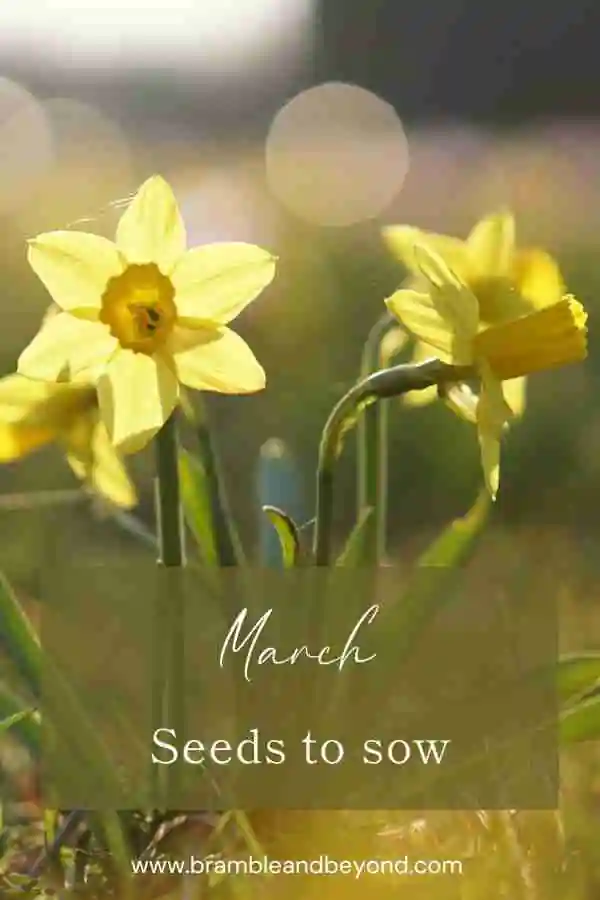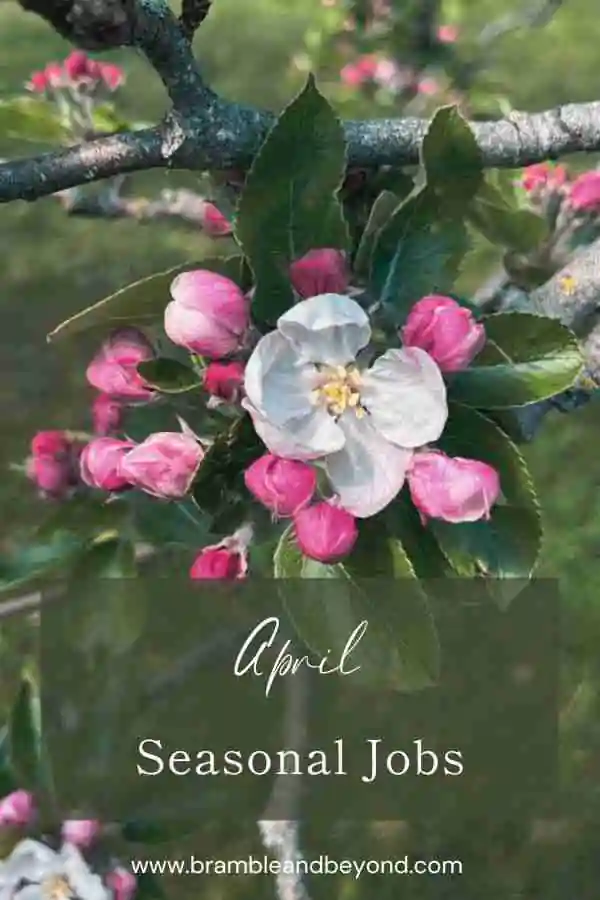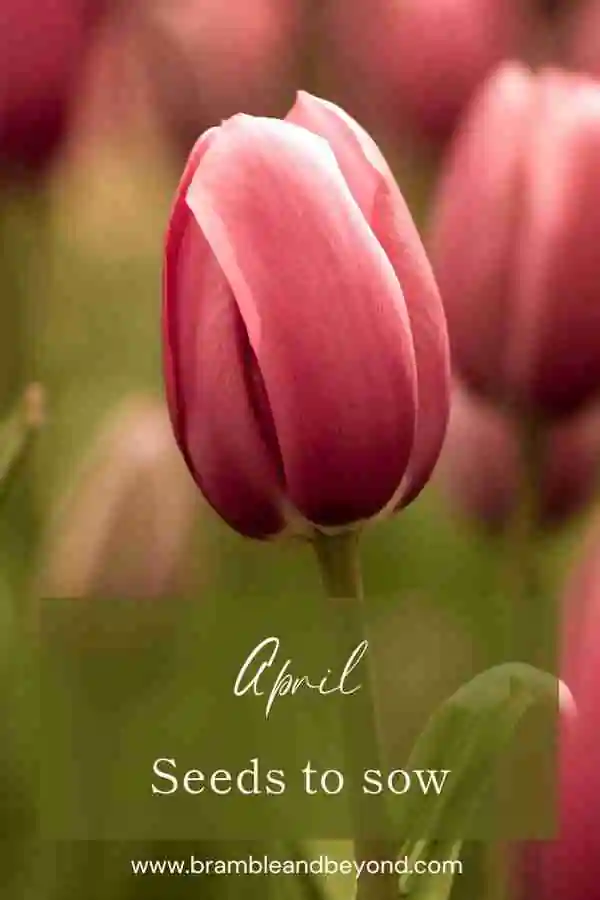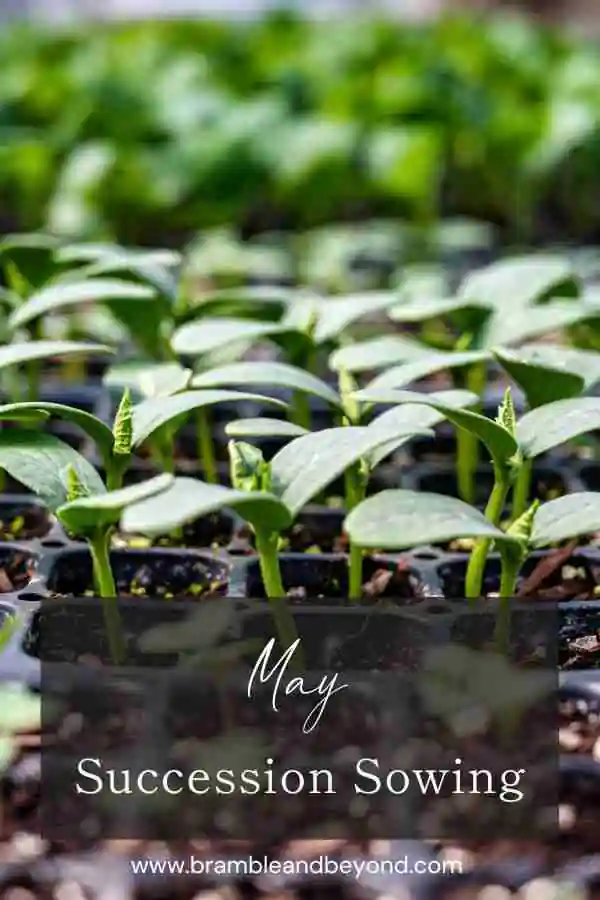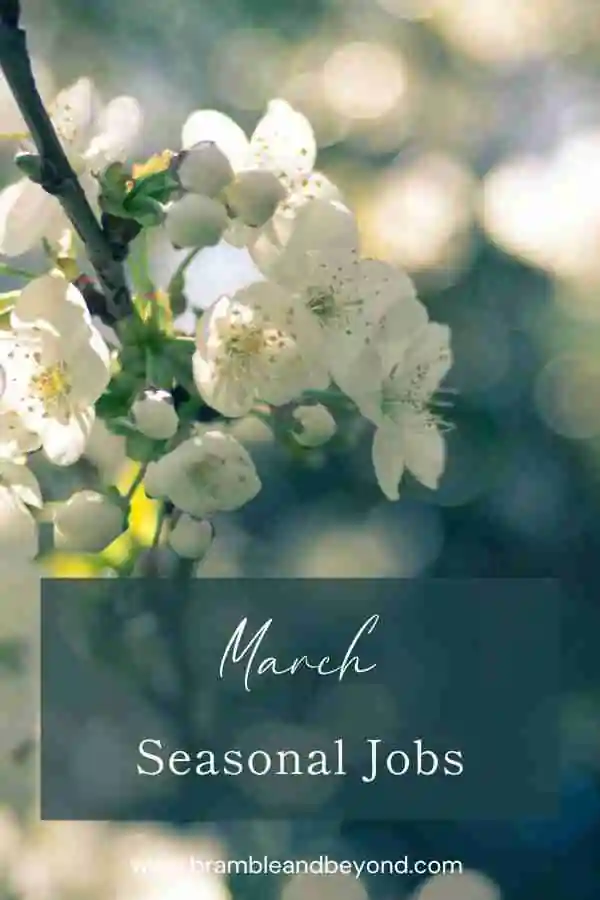Disclosure: This post may contain affiliate links, meaning I get commission if you decide to make a purchase through my links, at no cost to you. Please read my Affiliate Disclosure for more information.
I hope you’re enjoying the wonderful month of May in your garden. It can be quite a busy time, and it’s easy to feel a bit overwhelmed with all the May garden tasks that need to be done. But don’t worry, I’m here to help!
May Garden Tasks
In this blog post, I want to share with you eight essential tasks for your flower garden in May. By following these tips, you’ll be able to stay on top of your gardening game and make the most of your time in the garden. Let’s get started!
1. Pinch out your seedlings
Hopefully by now you have sown a few seeds, If not take a look at the flower seeds you can sow in March, April and May. As your lovely cut flower seedlings start to grow, it’s important to gently pinch them out to encourage fuller growth. This process is called “pinching out” and involves trimming off about an inch from the top of the main stem with snips or your fingers.
Although it may seem a bit tough, pinching out will actually help the seedling develop more branches or stems. This, in turn, will result in a bushier, sturdier plant with more beautiful flowering stems. Additionally, it will promote the growth of strong stems and prevent the plants from growing too tall before they are potted. So it’s a win-win situation all around.
Please note that this technique is only suitable for plants that produce multiple stems, such as snapdragons (antirrhinums), cosmos, or zinnias. If the plant only grows a single stem, like sunflowers, then don’t pinch off the main stem.
Of course, the trimmed ends don’t need to be discarded. Instead, you can place them in a pot of compost or a glass of water and wait for new roots to grow from the cut end. This way, you’ll have double the number of plants without spending a penny!
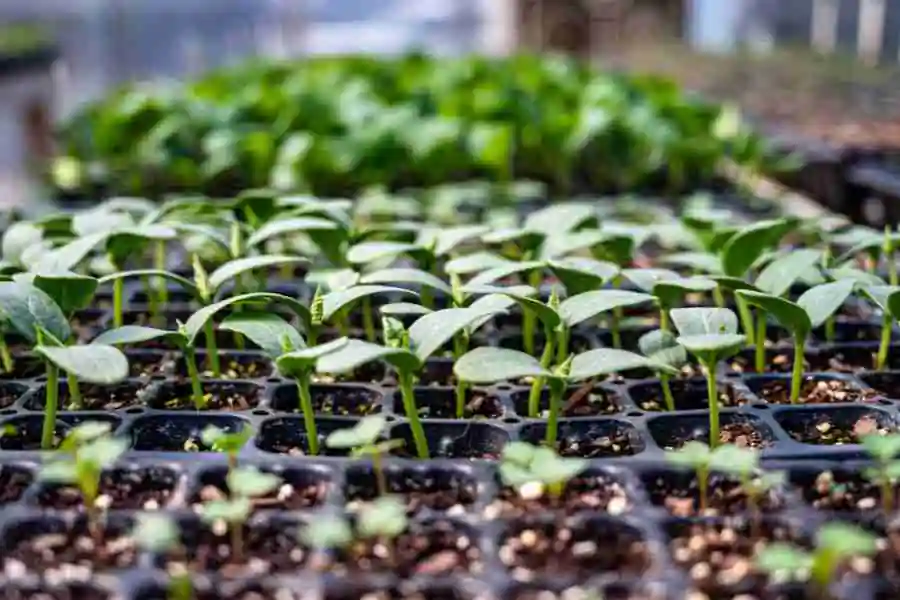
2. Harden off your cut flower seedlings
Before planting out your precious flower seedlings, it’s important to give them a little tough love. ‘Hardening off’ means gradually getting them used to the great outdoors by letting them spend some time outside each day. You can start with just a few hours, and then slowly increase the duration over a week or two.
By doing this, you’re helping your seedlings adapt to the wind, sun, and temperature changes they’ll experience in their permanent home. To avoid any shock during transplantation, it’s essential to start this process at least a week before you plan to plant them out.
You can even start the acclimatisation process early by gently brushing your hand across the top of your seedlings while they’re still indoors. It’s almost like simulating a gentle breeze for them. It might sound a little crazy, but hey, it seems to work. And let’s be honest, some people may think talking to your plants is a bit crazy, but I’m sure you greet them with a “good morning” every day too, right? Or maybe that’s just me?
3. Weed your flower beds
Weeding can feel like an endless task during this time of year. Yet, as soon as you turn your back, more weeds have replaced the ones you have just removed!
However, it’s really important to stay on top of it because weeds can quickly take over your cut flower garden and hinder the growth of your plants. They not only compete with your seedlings for nutrients in the soil, but they also have the ability to grow faster and overpower weaker cut flower seedlings. If you then let them flower and set seed, you’ll end up having to remove even more of their offspring later in the year. So, it’s better to prevent this from happening in the first place.
Personally, I seem to be losing the battle with weeds in my flower beds. That’s why I decided at the end of last year to gradually cover all of the beds in my cutting garden with a high-quality weed membrane. So far, this has worked remarkably well. Take a look at the picture below. You can see the weeds that sprouted in just two weeks compared to the area covered by the weed membrane (the purple square). I’m really hopeful that after a few years, I won’t need the membrane anymore once I break the weed’s lifecycle.
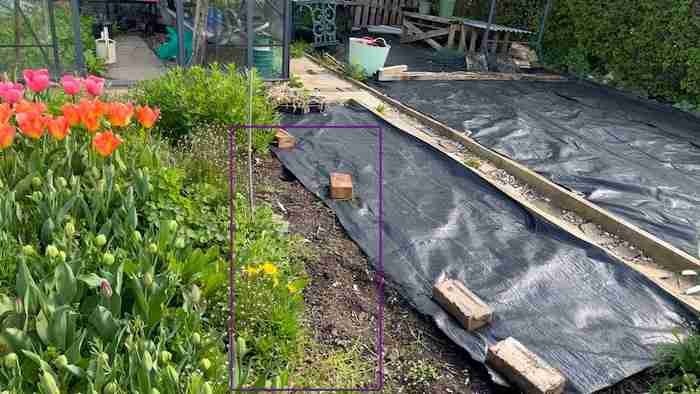
4. Plant out your seedlings
If you’ve started hardening off your cut flower seedlings at the beginning of the month, they should be ready to be planted out once your last frost date has passed, somewhere between the middle and end of the month.
When planting them out, make sure to give them enough space and water them well. For cut flowers, you can plant them closer together than you might think. However, they still need room to grow. By planting them close, they can support each other to some extent.
However, planting them closer than usual doesn’t mean you can skip creating a support system, especially for taller flowers like sunflowers and dahlias, to prevent them from falling over. Before or shortly after planting your seedlings, make sure you have your support structure in place.
Planting your seedlings in the late afternoon or on a cloudy day can help reduce stress on the plants. And, of course, make sure to give them plenty of water and keep them reasonably hydrated for the next few weeks, depending on the weather.
Be prepared to protect them if there are unexpected late frosts.
5. Reduce the number of growing stems on your Dahlias
If you want to get more beautiful flowers from your dahlias, it’s important to reduce the number of growing stems on each plant. I know it may seem a bit counterintuitive, but this will actually help the plant focus its energy on fewer stems, resulting in a healthier, better flowering plant.
You only really need 3-5 growing stems on a dahlia to enjoy an abundance of flowers. Having more than that can make the plant overcrowded and lead to fewer flowers being produced.
To achieve this, simply pinch or cut out the smaller stems as they start to grow from the base. Don’t worry, you can pot up the cuttings in well-draining compost and grow more dahlia plants without spending a penny!
6. Succession sow more cut flower seeds
The goal of your cut flower garden is to maximise the productivity of each plant. This often involves cutting the plants back significantly when you harvest your flowers. Most plants have a limited number of flowers they can produce before they become depleted. When this happens, it’s best to cut your losses and replace the plant with a younger one.
To ensure a continuous harvest of cut flowers throughout the season, it’s important to plant new seeds in succession. This means planting a new batch of seeds every few weeks or monthly so that fresh plants are always available to replace the spent ones. Succession planting can also help extend your harvest season into the autumn.
Once the last frost date has passed, the soil should be warm enough for you to sow your seeds directly outside. However, I personally find it easier and more manageable to continue sowing them in trays and then transplanting them when they are ready.
If you are ready to buy your seeds I have all of the easy cut flower seeds to grow in my shop. Shop Now
7. Watch out for pests
It’s really important to regularly check on your plants to make sure they’re not being bothered by any pests that could potentially harm them. By carefully observing your plants, you can quickly spot any pests and take action right away to minimise any damage they might cause.
Some plants will be more susceptible to predators than others. I’m thinking slugs and snails and dahlias. Slugs like most plants that has fresh new growth – you have been warned!
Another problem I have is rabbits. I know they’re adorable, but they can wreak havoc in the cutting patch and dig up all your carefully planted plants overnight. I keep meaning to put in a better fence. Maybe this year I’ll actually get around to it, before I lose my first crop.
It’s a good idea to use environmentally friendly pest control methods, like natural and organic approaches, whenever possible. These methods can effectively target pests while minimising any negative impact on the environment.
8. Water wisely
As we start to experience warmer temperatures, it becomes really important to make sure that your plants get enough water.
Last year in May, we had a heatwave. I was also away for a few weeks and unfortunately, I lost all the seedlings that I had not planted out into the garden, and those in the garden struggled. I had to start over again. Eventually, everything caught up, but there was a period in June and July when there weren’t as many flowers as usual. It wasn’t until August that things really started to improve.
Giving your plants a good, nourishing soak is essential, but it’s also important to avoid overwatering them.
Remember that it’s better to water your plants deeply and less frequently rather than giving them small amounts of water every day. If you water them daily, their roots will stay close to the surface. On the other hand, if you give them a good soak once a week, it encourages the roots to grow deeper and stronger.
I hope these tips help you have a fantastic month in your garden. Remember, gardening should be fun and rewarding, so don’t let yourself get too overwhelmed. By focusing on these eight essential May garden tasks in your flower garden, you’ll be well on your way to creating a beautiful and abundant harvest of flowers. But do remember to take the time to enjoy your garden, and don’t be afraid to pick your flowers.
“To plant a garden is to believe in tomorrow”
Audrey Hepburn


